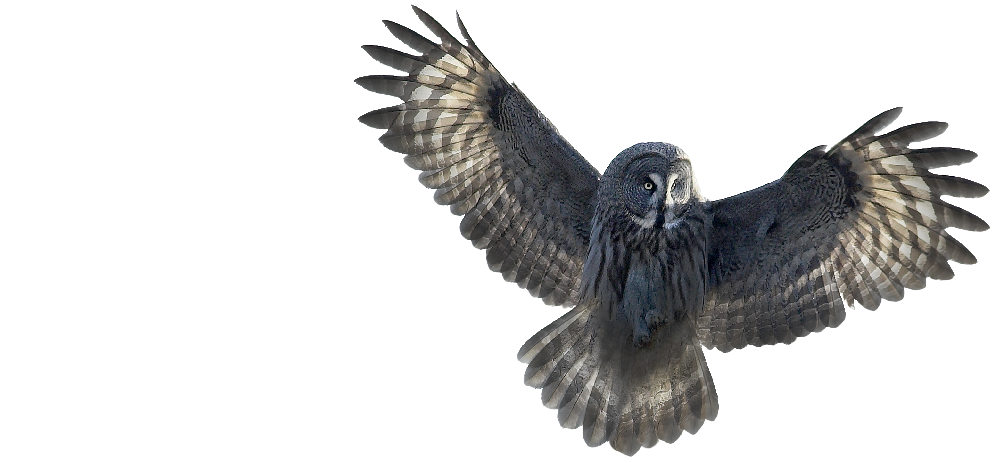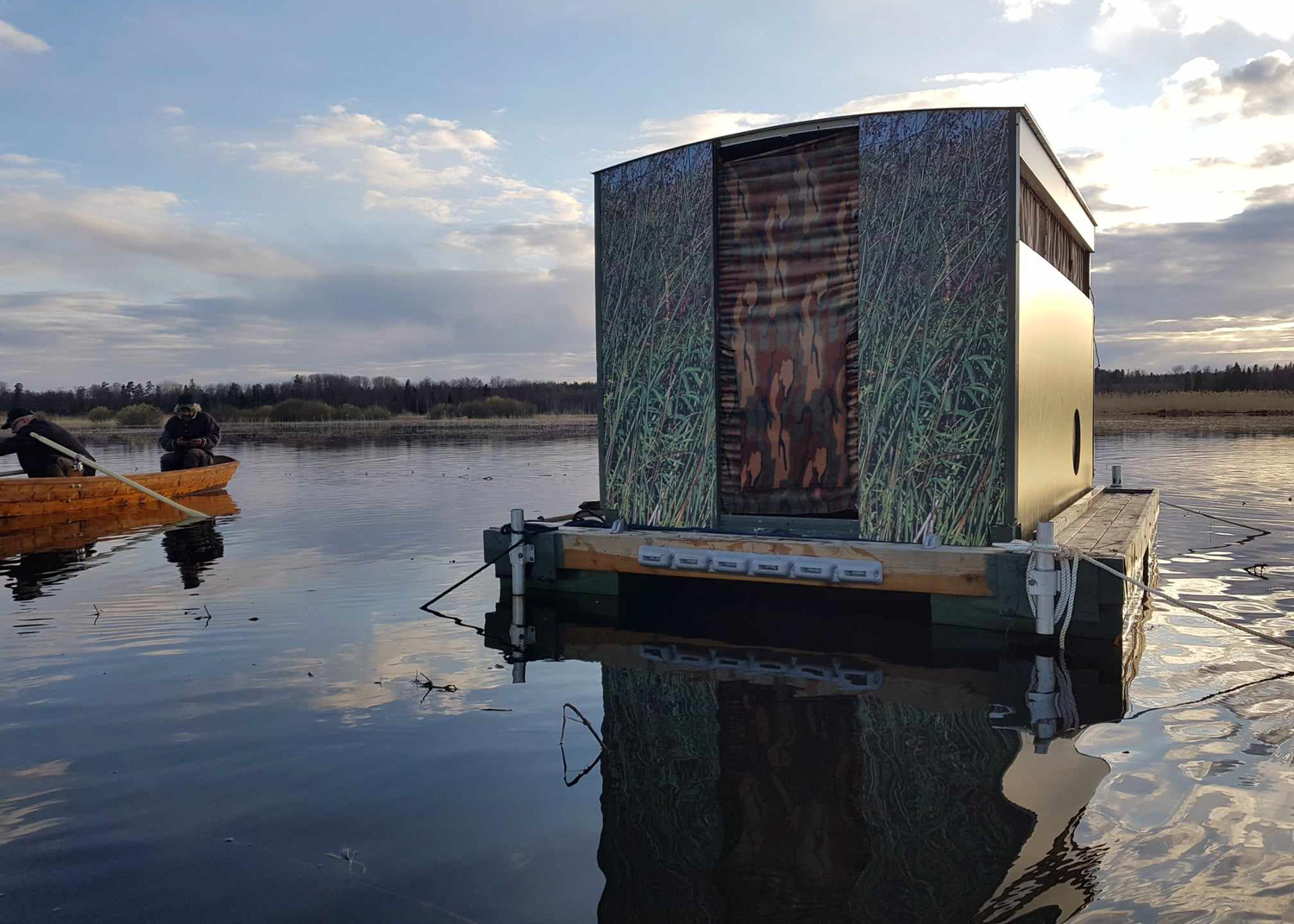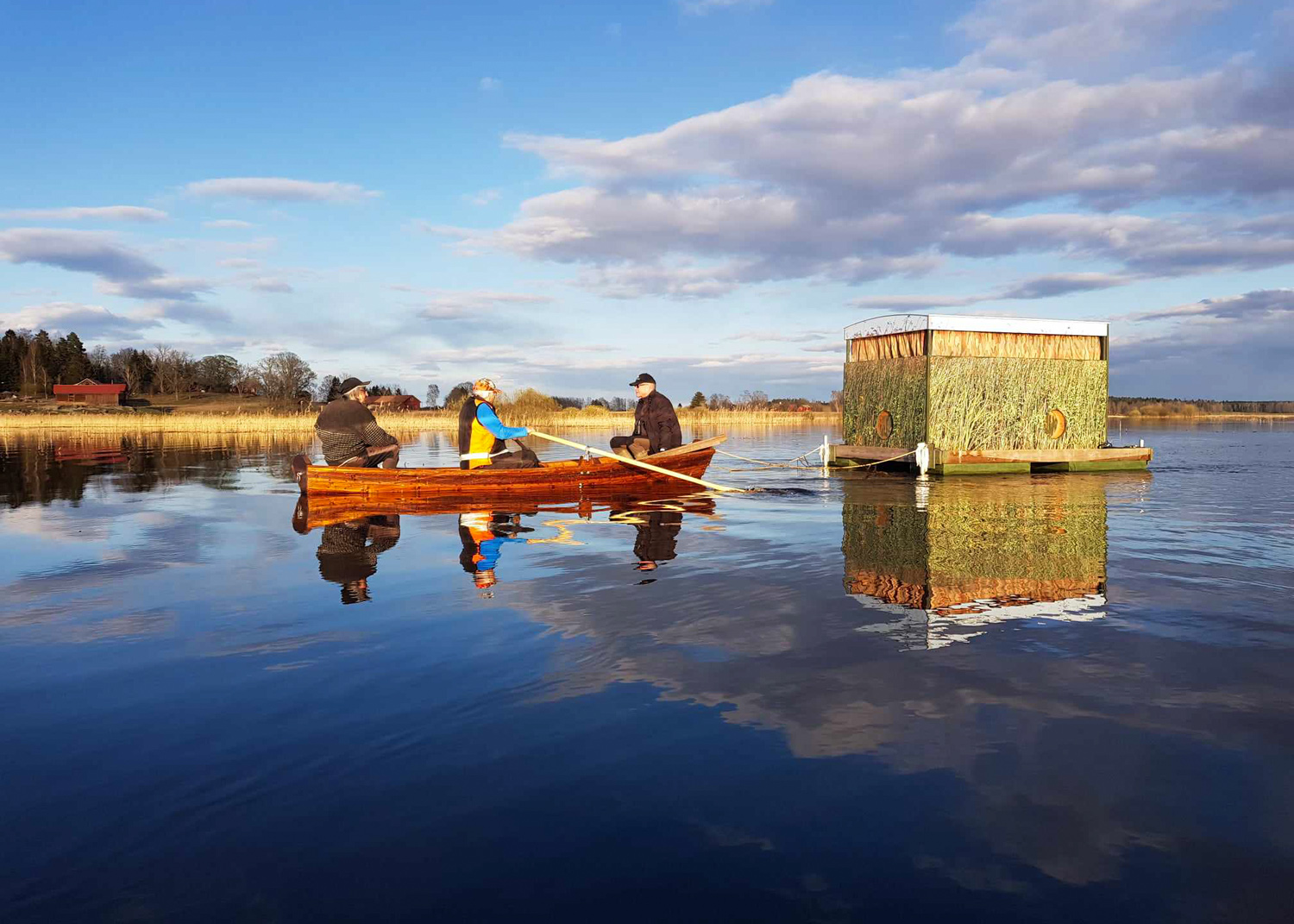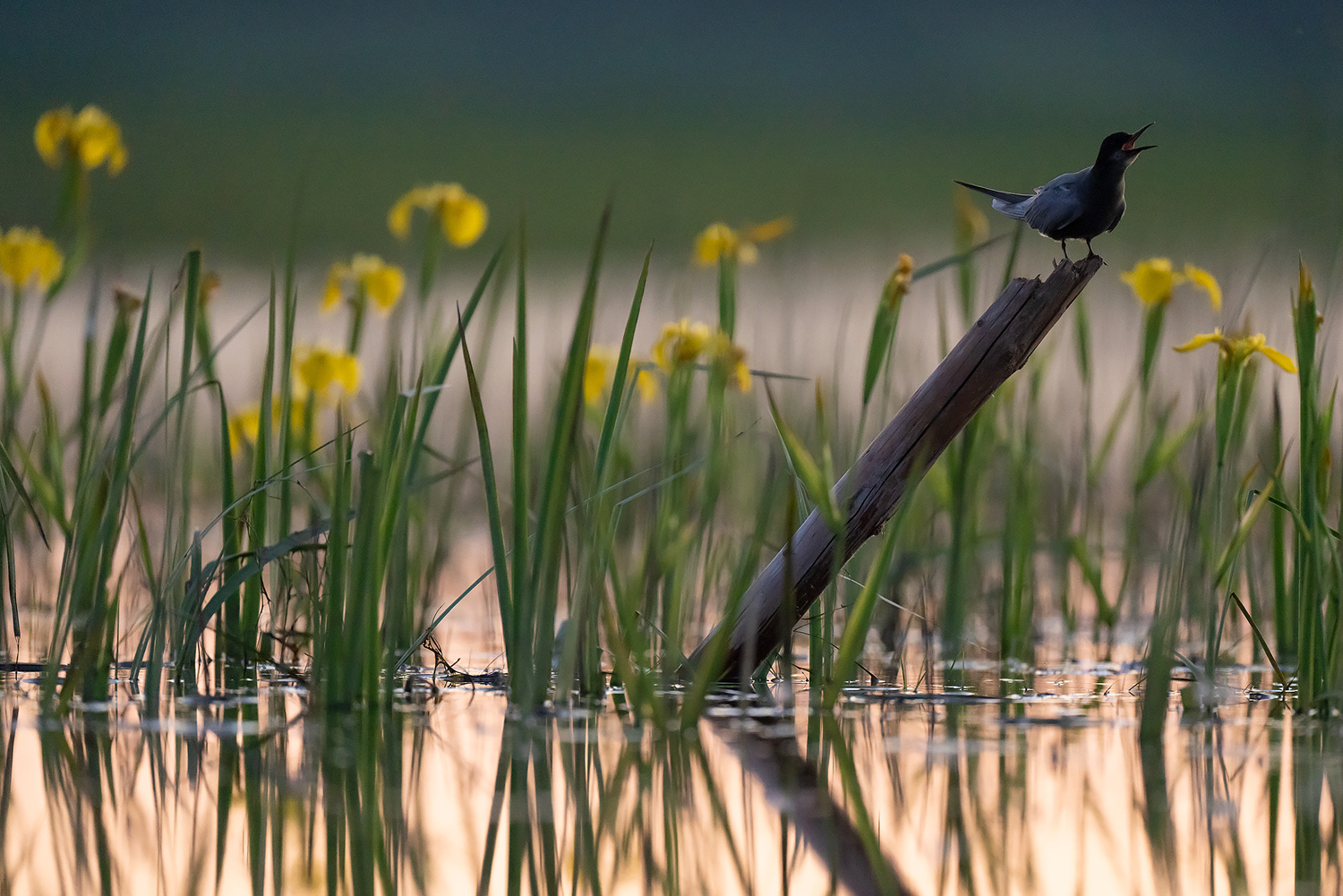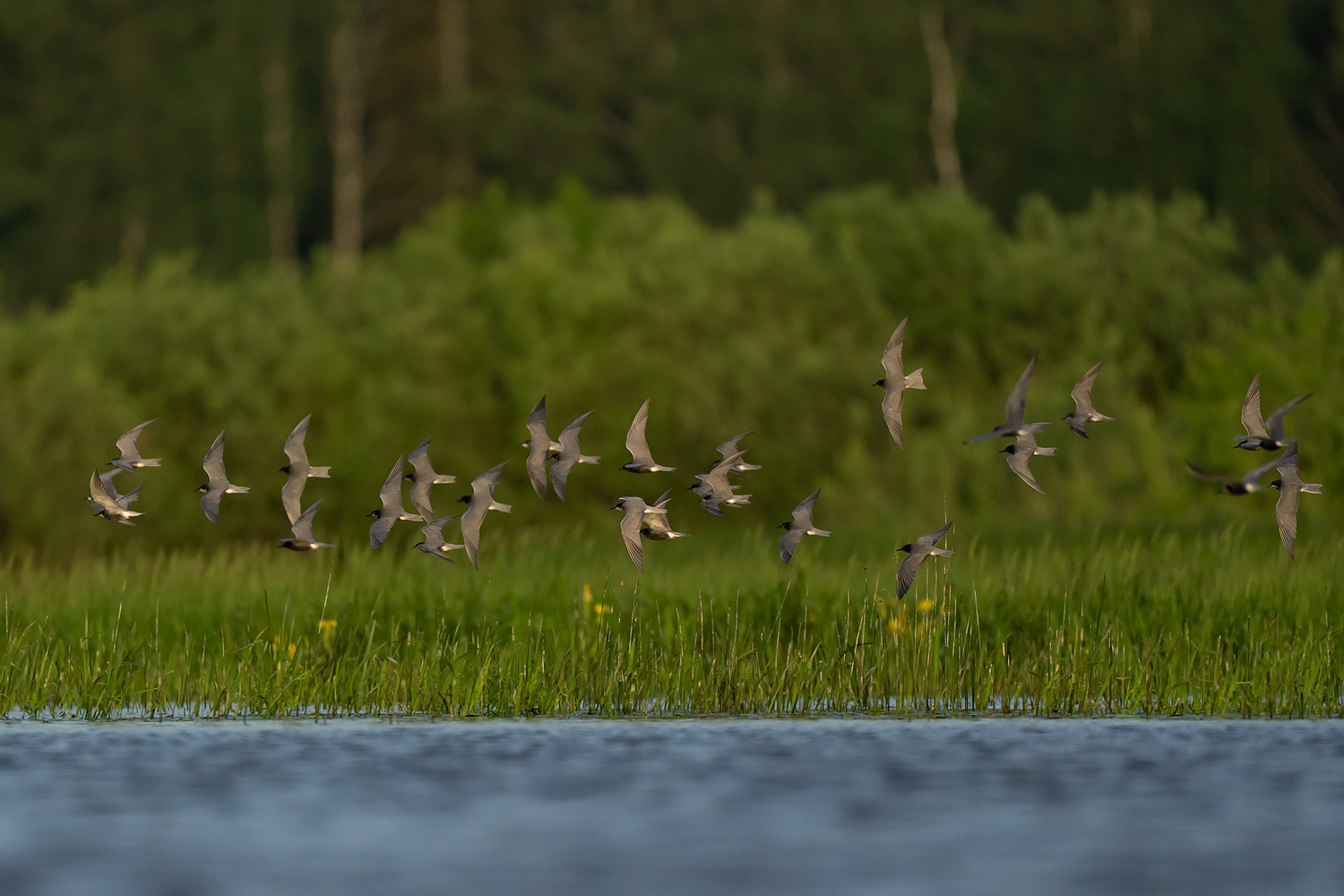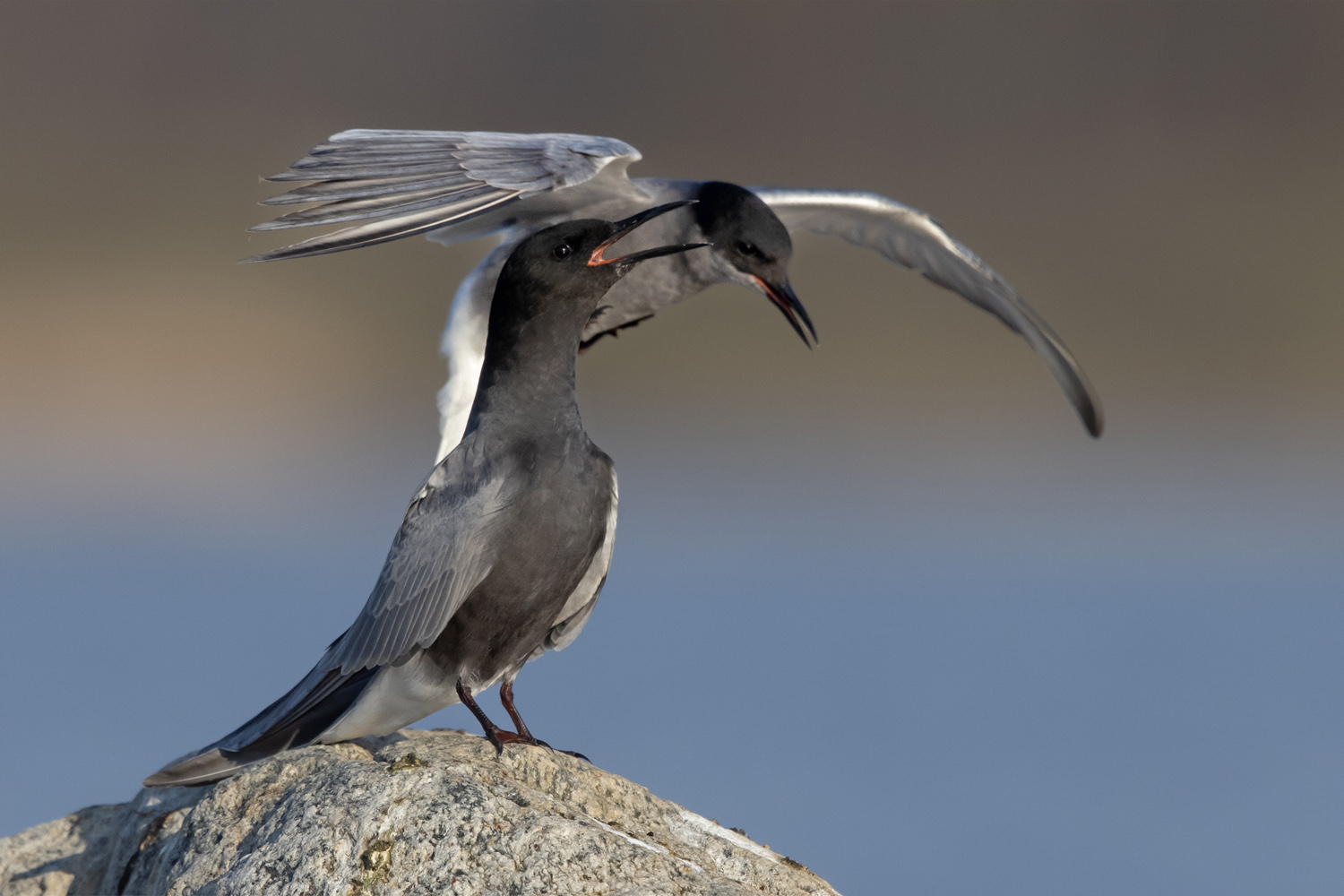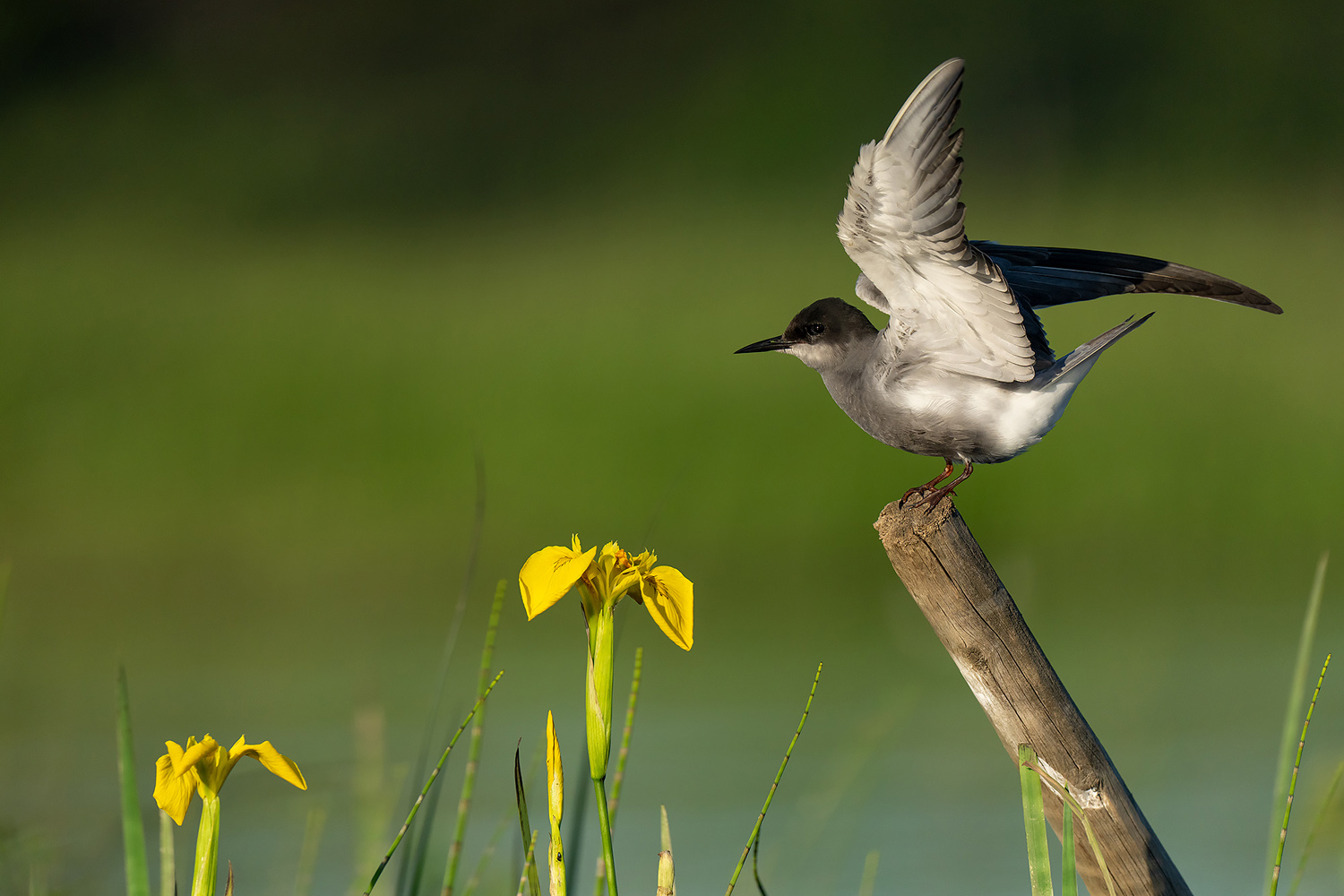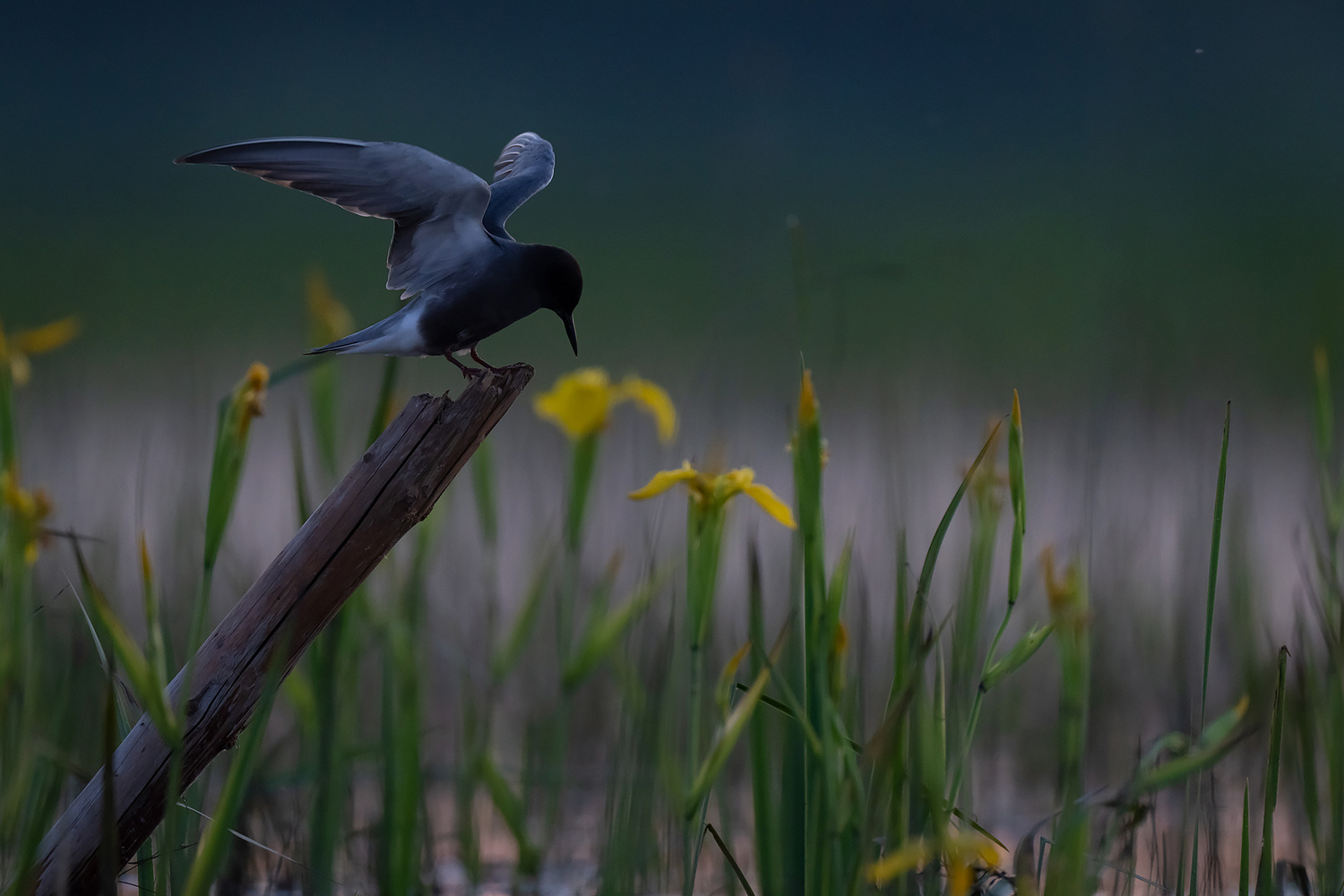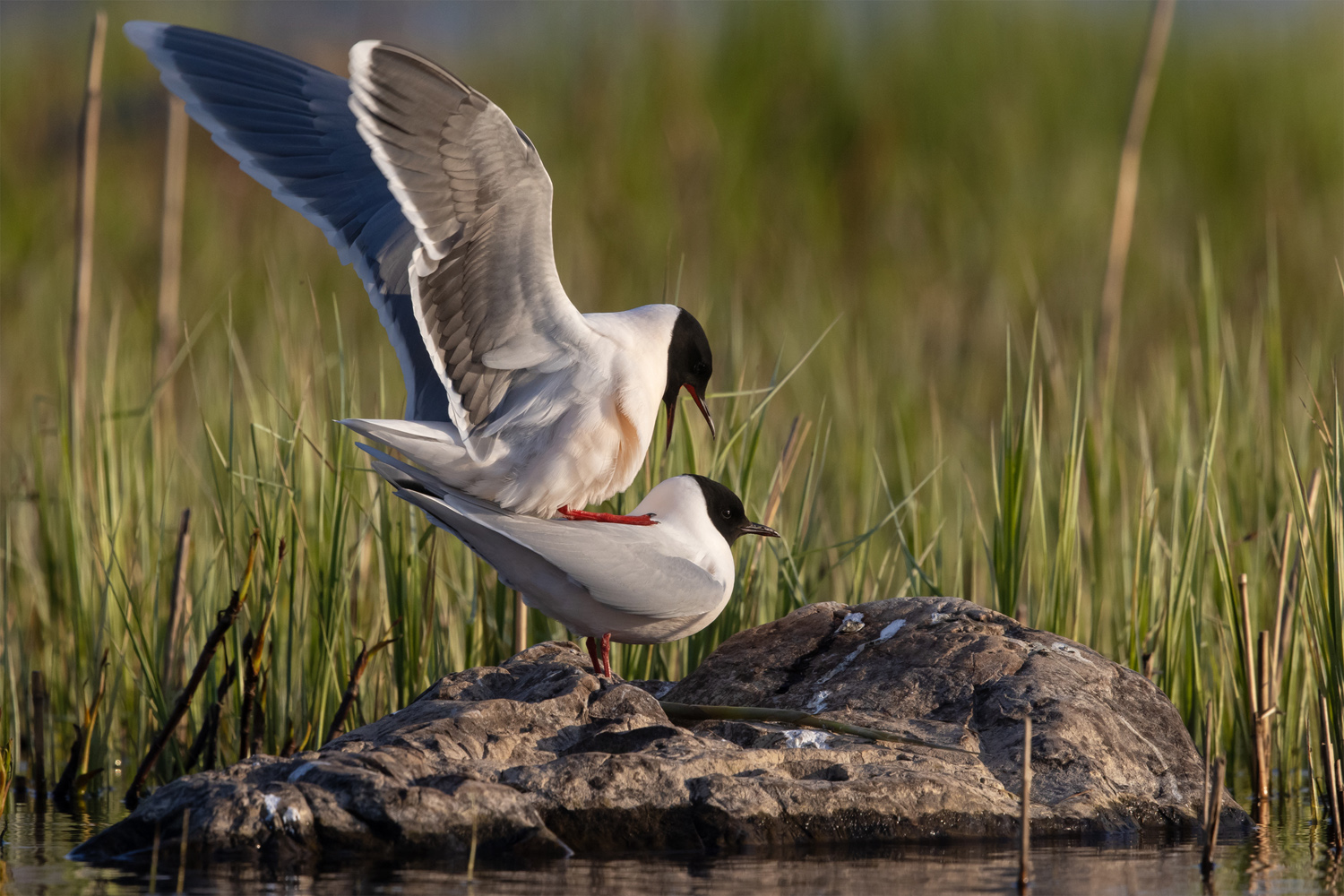Black Terns from a floating hide
1:st June – 25:th July
Black Terns from a floating hide
1:st June – 25:th July
When: 1:st June – 25:th July
Price: 2.750 SEK/ person
Black Terns
Black Tern photography
From our floating photo-hide you get close to Black Terns and can experience and photograph/ film them at very close distance. The open wetlands and lakes of the Black River Valley with beds of Carex and waterlilys is a rich eco-system with plenty of birds, fish and insect life. Surrounded by a tranquil, rural countryside this is a wonderful environment to experience in summertime, especially evenings and early mornings. The piercing calls of the Black Terns adds a lively atmosphere to the habitat. When they get extra loud it is time to look up, maybe a raptor like a White-tailed Eagle, Marsh Harrier or Osprey is hunting nearby the tern colony. Bittern, Waterrail, several different Ducks and Waders use the habitat and several passerines/ songbirds sing from the surrounding reedbeds.
The hide has got two openings to each sides, one in normal sitting height and one in lower angle. The hide is built for the purpose and is like a platform on pontoons. On the wooden platform there is a hut with thin but solid walls and a roof. A guide takes you there in a boat/ canoe so you can concentrate entirely on the photography. The birds are surprisingly unafraid of the hide and frequently use the perches we put up where the birds like to sit.
Black Tern photography
From our floating photo-hide you get close to Black Terns and can experience and photograph/ film them at very close distance. The open wetlands and lakes of the Black River Valley with beds of Carex and waterlilys is a rich eco-system with plenty of birds, fish and insect life. Surrounded by a tranquil, rural countryside this is a wonderful environment to experience in summertime, especially evenings and early mornings. The piercing calls of the Black Terns adds a lively atmosphere to the habitat. When they get extra loud it is time to look up, maybe a raptor like a White-tailed Eagle, Marsh Harrier or Osprey is hunting nearby the tern colony. Bittern, Waterrail, several different Ducks and Waders use the habitat and several passerines/ songbirds sing from the surrounding reedbeds.
The hide has got two openings to each sides, one in normal sitting height and one in lower angle. The hide is built for the purpose and is like a platform on pontoons. On the wooden platform there is a hut with thin but solid walls and a roof. A guide takes you there in a boat/ canoe so you can concentrate entirely on the photography. The birds are surprisingly unafraid of the hide and frequently use the perches we put up where the birds like to sit.
With a tranquil countryside all around, it’s a wonderful environment. It’s a powerful experience to be here, whether it’s in the early morning or beautiful evening,
With a tranquil countryside all around, it’s a wonderful environment. It’s a powerful experience to be here, whether it’s in the early morning or beautiful evening,
Comfortable hides on nature’s terms!
We are constantly working on developing our hides based on comfort and photographic opportunities. When you sit in our hides, you can be sure that:

